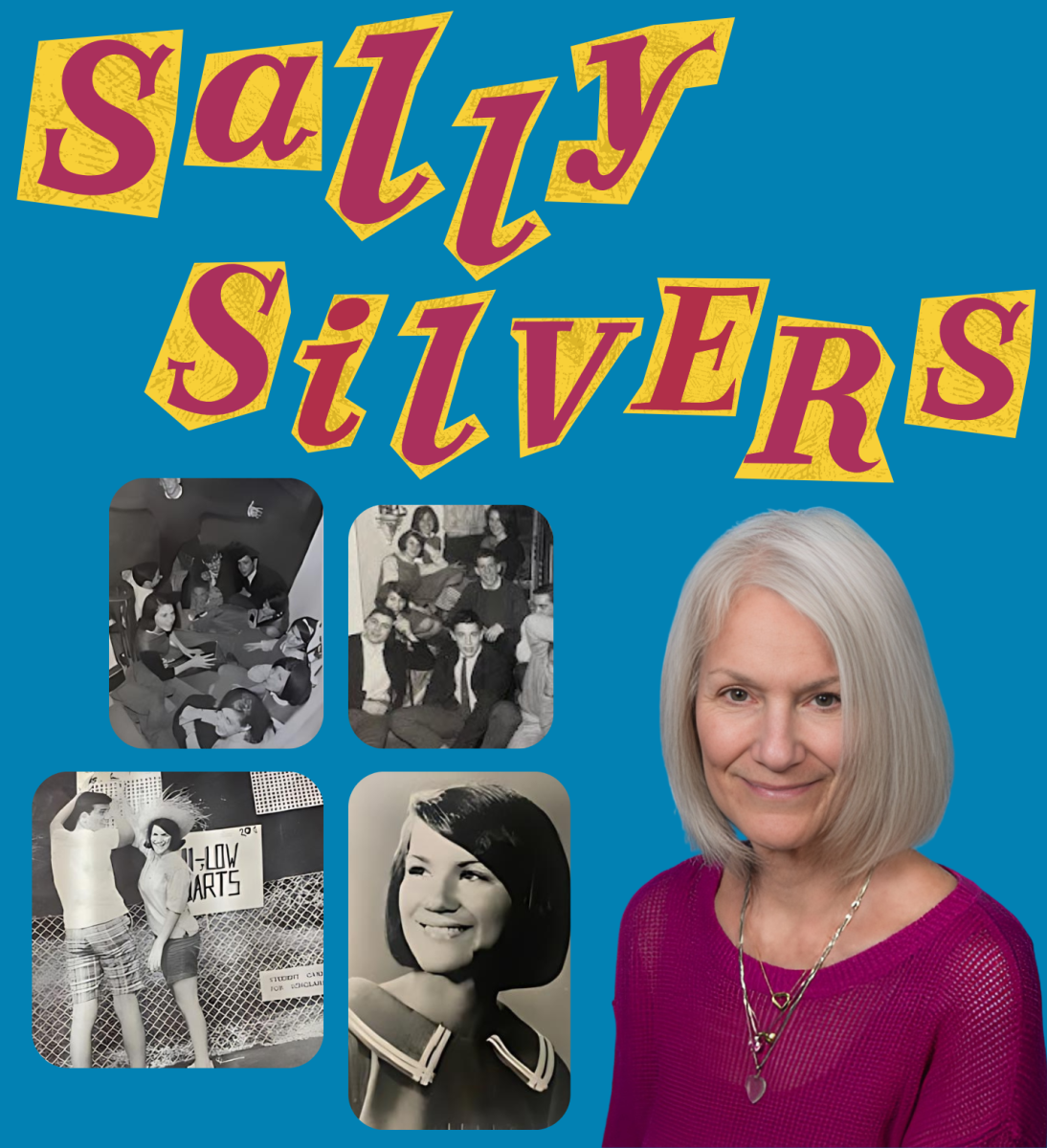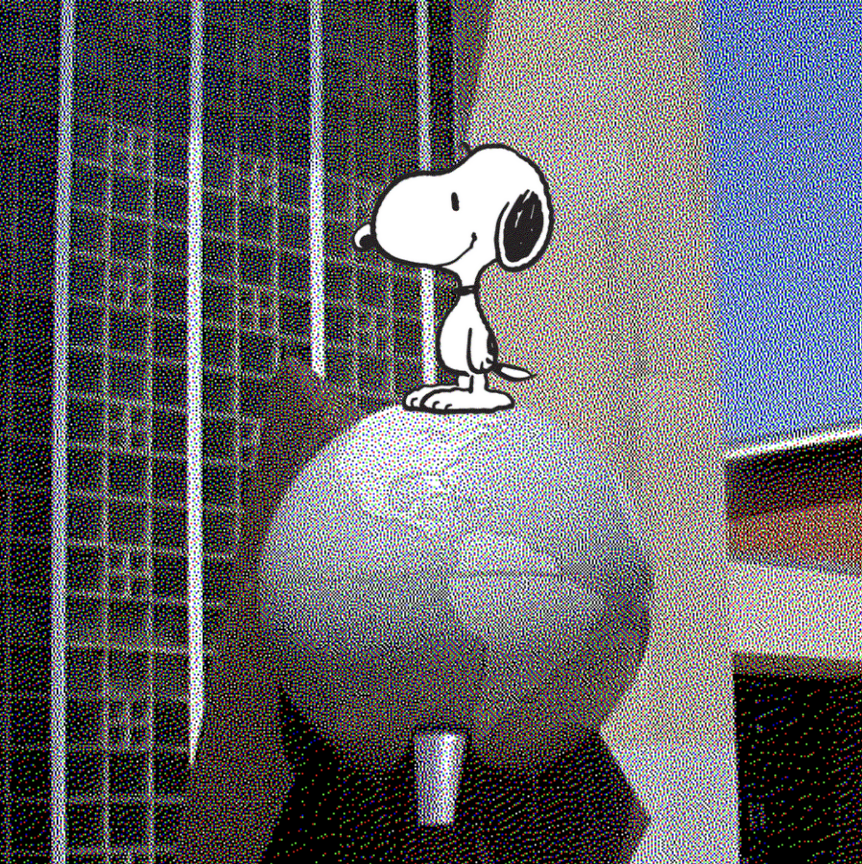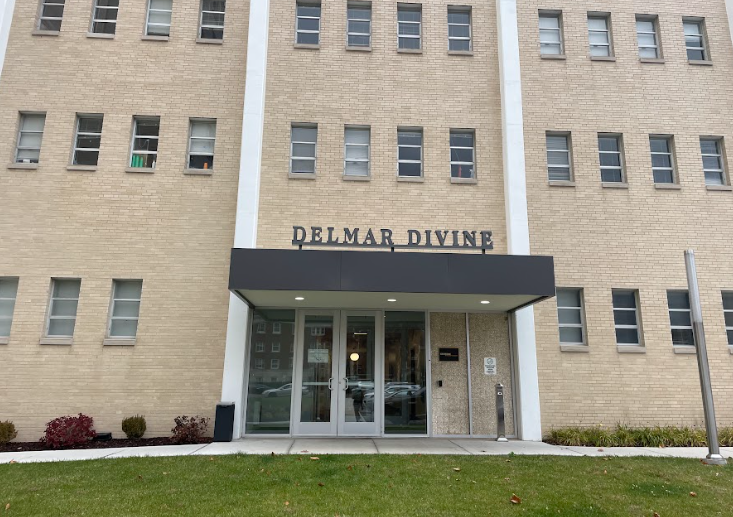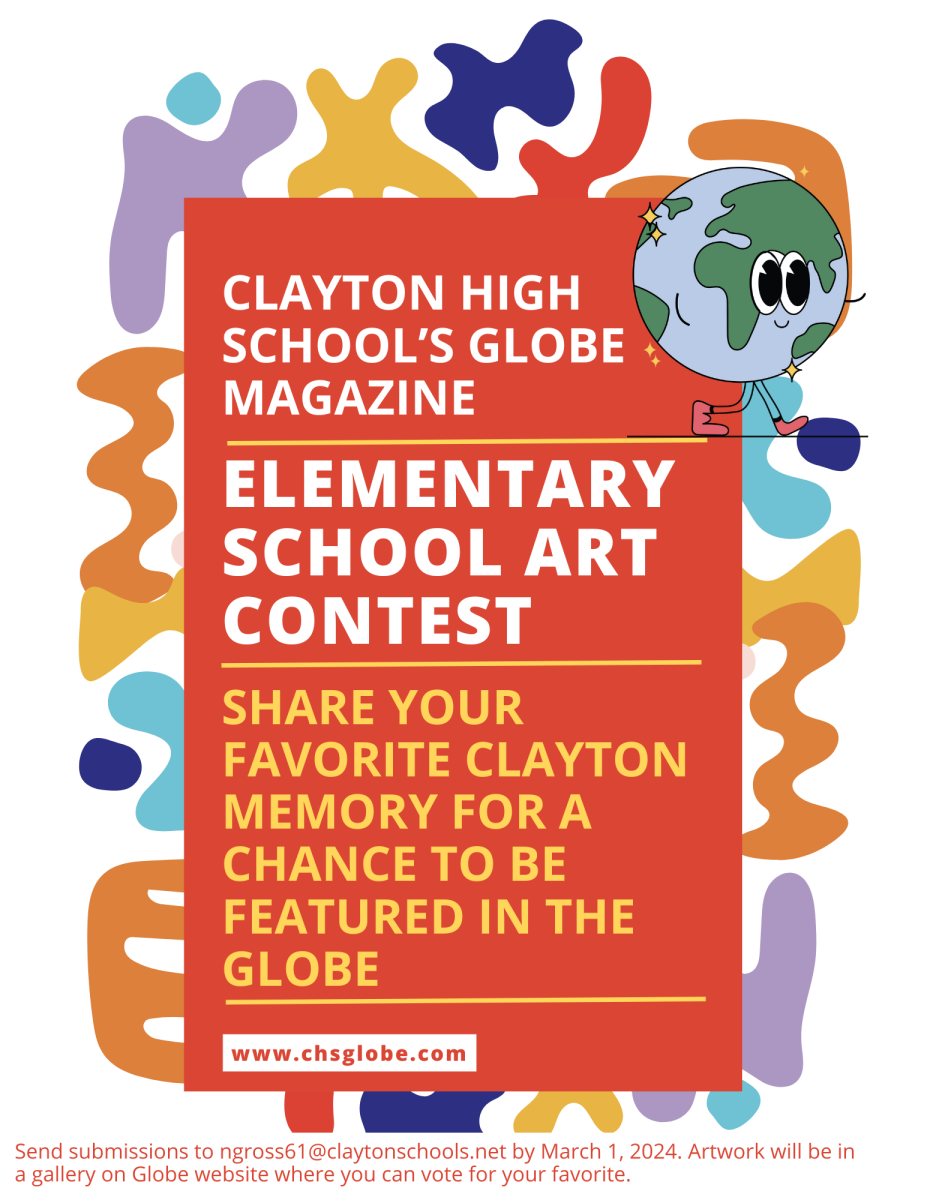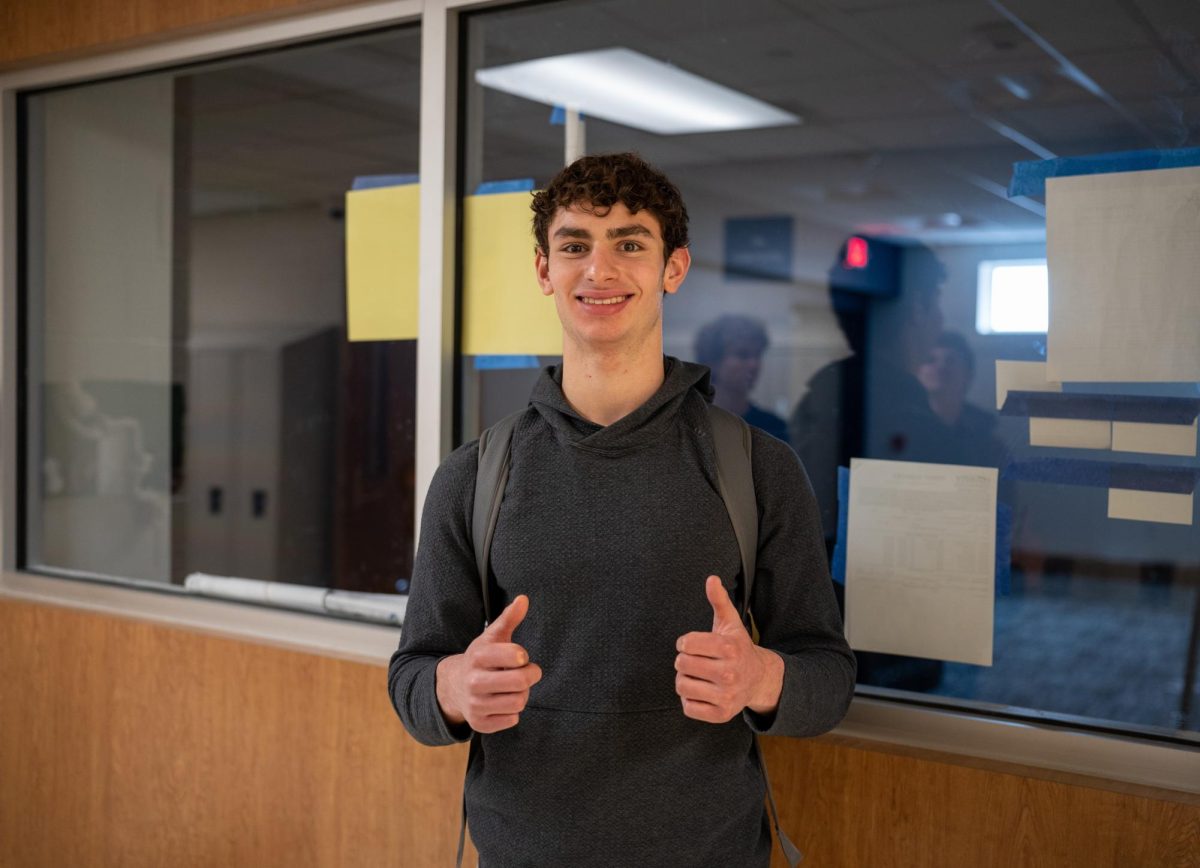
At 8 a.m. on a bright July morning, most CHS students are still snoozing. Junior Becca Steinberg, however, is already awake and getting dressed. She wears jeans and tennis shoes, even though the forecast predicts heat and humidity.
“In the lab, we aren’t allowed to wear flip-flops or shorts because of safety precautions,†Steinberg said.
Steinberg was one of several Clayton students who took advantage of an opportunity to do scientific research this summer. She participated in a program called STARS (Students and Teachers as Research Scientists), a program that pairs rising juniors and seniors with researchers in various scientific fields.
Steinberg has been working in the lab of University of Missouri-St. Louis professor Dr. James O’Brien, conducting experiments to learn more about the structure of certain molecules by observing their absorption spectra using a high-resolution technique known as intracavity laser spectroscopy.
“It’s been really interesting,†Steinberg said. “My favorite part was creating the new molecules, but all of it was fun.â€
Other Clayton students worked in the fields of cancer research, biocatalysis, otolaryngology, and genetics.
Outside of STARS, students such as senior Allie Lake extended their academic boundaries by taking advantage of other research opportunities this summer.
Lake, whose former next-door neighbor is the head of the Division of Human Genetics at Washington University Medical School, jumped at the chance to work in a genetics lab. Lake has high hopes for the research she started, which involves factors contributing to the expression of the gene that causes psoriasis. Psoriasis is a chronic skin disease that, according to the National Psoriasis Foundation website, affects 7.5 million Americans.
“Hopefully the work I did will contribute to the understanding and prevention of psoriasis,†Lake said.
While she considered applying for a program like STARS, Lake eventually decided to take another route.
“This job allowed me to create my own flexible schedule in accordance with my summer travel plans,†Lake said. “STARS is much more of a time commitment.â€
Although her schedule was more flexible, Lake did not enjoy the benefits of the structured educational program that STARS and other programs offer.
“This wasn’t an educational program designed for high school students—I was assigned laboratory tasks without having a good background knowledge of what I was doing,†Lake said. “However, although my coworkers were very busy, they found time to explain the biological significance of my work, and after a couple of weeks, I felt I had a better understanding.â€
The experience was enlightening for Lake.
“It made me realize that careers in science are flexible—not limited to the rigid ‘go to med school, be a doctor’ path,†Lake said. “It sparked my interest in conducting my own research in an area that interests me, and perhaps being in charge of a lab. However, I also realized that lab work itself is quite dull.â€
Steinberg has similar sentiments.
“Despite the challenges, and the countless hours of work, it was a valuable experience that I think will have a positive impact on my future,†Steinberg said.
Dr. Ken Mares, head of the STARS program, believes that exposure to scientific research is an invaluable component of secondary education.
“They can make informed decisions as to what their higher education plans and career will be,†Mares said. “In addition, it is an experience that colleges and universities like to see. It is evidence that the student can do college level work while they are high school.â€
Without a doubt, students like Steinberg and Lake, who have taken the initiative to explore the seemingly distant world of scientific research, have expanded their own perspectives and gained both technical knowledge and experience in a professional environment.
“We are helping to address the need for a more skilled scientific workforce,†Mares said. “We have students all over the country who are making major contributions in the area of science.â€

